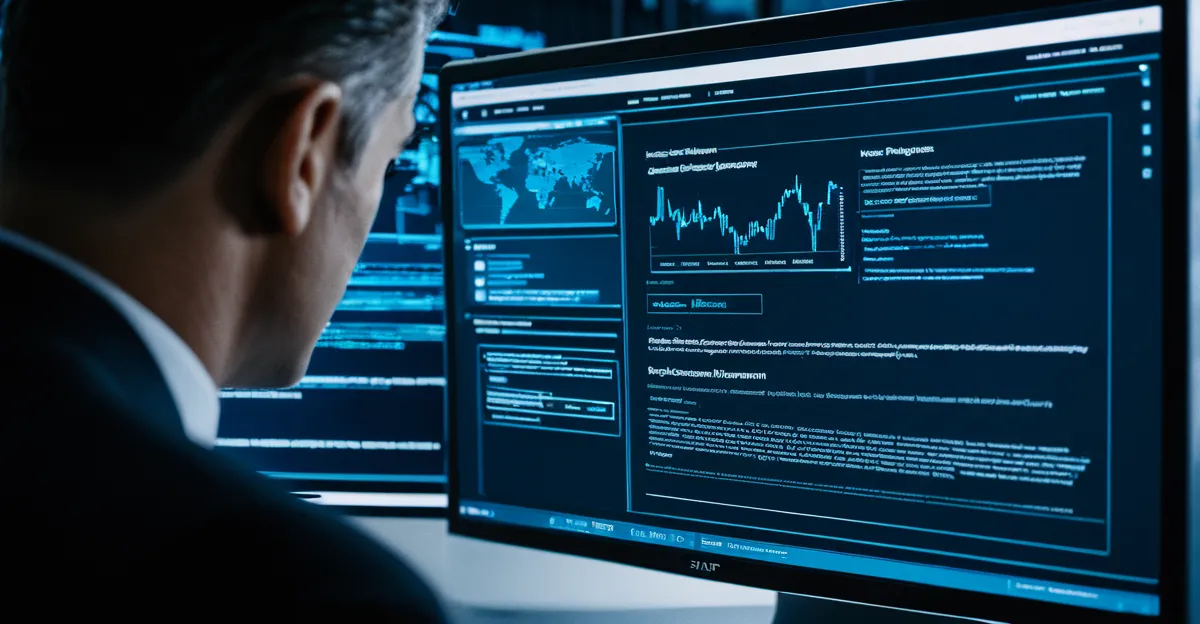Effective product lifecycle management (PLM) integrates design, manufacturing, sales, and support to strengthen cybersecurity at every stage. By controlling data and processes from concept to disposal, companies reduce vulnerabilities and improve response to threats. This alignment of teams and technology ensures not only product quality but also resilience against cyber risks throughout the entire lifecycle.
Product Lifecycle Management Essentials: Role in Business Efficiency and Cybersecurity
PLM, or product lifecycle management, refers to overseeing every phase of a product’s life―from the first idea right through to its retirement. This includes stages such as concept, detailed design, manufacturing, sales, customer support, and ultimately safe decommissioning. By integrating design, engineering, supply chain, and business systems, PLM creates a unified platform for collaboration and data sharing, streamlining processes and enhancing decision-making at each step. This page explains it in detail: Learn more about it.
Have you seen this : Exploring the future: the transformative role of ai in british technology
A robust product lifecycle overview covers both the creative and pragmatic sides of product development. It brings together systems for requirements, engineering drawing management, supplier data, and customer feedback, ensuring tasks don’t happen in silos and reducing repeated errors or wasted resources. Efficient PLM platforms support universal data access and secure collaboration, whether teams are developing a new prototype or refining established products.
Security is now woven into every lifecycle phase. Modern lifecycle software tools and platform security features enable teams to design security controls early, isolate sensitive information, and track changes for audit and compliance needs. This reduces vulnerabilities, especially when managing complex supply chains or handling regulatory requirements.
This might interest you : What are the UK’s contributions to global IoT advancements?
Key benefits are tangible: improved collaboration, enhanced efficiency, seamless traceability, and more reliable compliance management. By embedding best-in-class cybersecurity practices within PLM, organizations reach new standards of quality, customer trust, and operational resilience.
Stages, Processes, and Software Tools in Product Lifecycle Management
The product development stages span from conception through support to disposal, each requiring tailored attention for optimal lifecycle process optimization. During the conception and design phases, lifecycle software tools like computer-aided design (CAD) systems empower teams to visualize, refine, and validate new ideas collaboratively. Production and launch transition the focus to manufacturing lifecycle management, utilizing advanced PLM platform features and real-time lifecycle analytics and reporting to monitor progress, track deliverables, and ensure that product quality and timelines meet expectations.
Support and disposal phases are equally managed with lifecycle software tools for documentation, customer feedback, and regulatory compliance. Effective PLM platform features centralize lifecycle data management, reduce costly errors, and enable agile adjustments in response to evolving requirements or supply chain disruptions.
Collaboration is enhanced through lifecycle workflow automation; cross-departmental input and document sharing occur within integrated PLM platforms. Lifecycle risk analytics heighten organizational awareness of potential vulnerabilities, strengthening defenses against cyber threats and streamlining compliance with industry standards.
Lifecycle analytics and reporting tools—integrated directly into the PLM platform—deliver actionable insights for faster decision-making. These capabilities not only increase transparency and agility throughout product development stages but also serve as the foundation for lifecycle process optimization and continuous improvement across the product’s journey.
Maximizing Cybersecurity Through the Product Lifecycle
Embedding cybersecurity into early design and development practices
Precision: Integrating lifecycle platform security features at the initial stages of product design ensures vulnerabilities are identified before products move forward. This practice allows teams to embed protocols and encryption directly into architectures, addressing regulator expectations for lifecycle compliance and standards. Using lifecycle risk management strategies from the start helps close security gaps early, saving resources compared to retrofitting solutions later.
Enhancing traceability and regulatory compliance with PLM audit trails
Recall: PLM systems track critical design changes, storing every edit and approval. Such detailed documentation helps organizations prove they meet lifecycle compliance and standards during audits. Automated lifecycle change management tools further reduce human error, offering robust traceability. These platforms ensure only authorized stakeholders can alter key documents, reinforcing overall product integrity.
Managing supply chain and third-party risk using PLM’s integrated monitoring tools
Supplier lifecycle management software allows companies to monitor third-party activities aligned to security standards. These platforms provide transparency about where and how components are sourced, supporting lifecycle platform security features. When a risk emerges, PLM software integration with ERP enables real-time data exchange, ensuring supply decisions reflect up-to-date risk evaluations. Combining these capabilities, businesses sustain compliance and limit exposure throughout the lifecycle.
Best Practices, Software Selection, and Future Trends in PLM
Leading PLM systems: critical features, software examples, and cloud-based solutions
Top PLM systems comparison reveals that modern platforms prioritize integration, scalability, and user-centric experiences. The best PLM software examples—ranging from Siemens lifecycle solutions to Teamcenter PLM training modules—enable tight connections across the product lifecycle digital transformation process. Effective PLM in software development mandates toolsets that facilitate collaboration, project tracking, and design data centralization, enhancing lifecycle user experience.
Key features shared among top PLM platforms are robust cloud based lifecycle management, extensive lifecycle data management, and agile workflow automation. This approach streamlines communication between distributed teams, essential for enterprises seeking lifecycle platform future trends advantages and improved cybersecurity resilience.
Strategies for PLM implementation and fostering a cyber-resilient organisation
Adopting PLM implementation strategies offers a structured method to introduce PLM software while addressing lifecycle integration challenges. Firms should begin with comprehensive lifecycle software user roles mapping and focused training on lifecycle software tools. Embedding lifecycle platform security features at every software development stage minimizes vulnerabilities, demonstrating how PLM in software development and lifecycle risk management strategies go hand in hand.
Building cyber resilience hinges on process transparency, empowering lifecycle analytics and reporting to monitor ongoing security and compliance efforts—core elements for any organization focused on product lifecycle digital transformation.
Emerging trends: AI, digital twins, integrated SaaS, and the evolving role of PLM
Future-ready organizations monitor PLM market trends, integrating lifecycle process optimization and digital innovation. AI-driven lifecycle analytics, adoption of digital twins in lifecycle management, and migration toward integrated SaaS and cloud PLM benefits define the next stage of lifecycle platform future trends. This evolution supports lifecycle user experience and sustainability while reinforcing supply chain and product cybersecurity.




